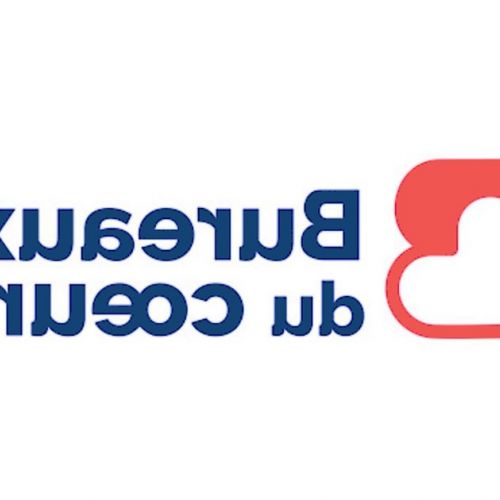Language Level: What Do The Acronyms A1, A2, B1, B2, C1 And C2 Mean?
When you want to indicate your level in a foreign language, for example English or Spanish, on your CV, it is recommended to use the classification established by the Common European Framework of Reference for Languages or CEFR. This classification evaluates a person's language level using a system of letters and numbers. But do you know what A1, A2, B1, B2, C1 and C2 mean?
The letter A for basic users
The Common European Framework of Reference for Languages or CECRL uses the letter A to describe the level of beginners or elementary users.
The level A1 is the introductory or discovery level of a foreign language.
You have this beginner level if:
- you can introduce yourself or someone else
- you can ask and answer questions about the person you are speaking to
- you can understand everyday expressions and very simple sentences that correspond to concrete needs
- you can communicate successfully if the other person speaks slowly and is cooperative.
The level A2 in language corresponds to a so-called intermediate or usual level.
You have this false beginner level if:
- you understand isolated sentences and expressions related to your daily environment (e.g. information about you and your family, your work and shopping).
- you can communicate in a simple and direct exchange of information on familiar and routine topics
- you can describe in a few words your background, your immediate environment and talk about matters of immediate need.
The letter B for independent users
In the CEFR, the level B1 is the threshold at which a user is considered independent.
You have this intermediate level if:
- you understand the main points of a discussion when people talk about familiar things at work, school, or in your leisure time
- you are self-sufficient in most situations when traveling in a region or country where the language is spoken
- you can talk about familiar topics or interests in the language
- you can recount an event, experience or dream, talk about your hopes or goals for the future and explain a project or idea
The level B2 corresponds to independent users at the advanced intermediate level.
You have this level of language if:
- you understand the main points in a complex text on a concrete or abstract topic or in a technical discussion in your field
- you can communicate spontaneously with a native speaker
- you can express yourself clearly and in detail on a wide range of subjects, give your opinion on a topical issue and explain the advantages and disadvantages of different options.
The letter C for experienced users
In the CEFR classification, the letter C is reserved for experienced users.
You have the level C1 or advanced language level if:
- you understand long and demanding texts
- you are able to grasp implied meanings such as innuendo and jokes
- you can express yourself spontaneously and fluently without having to search for words
- you can use the language effectively in your social life as well as in a professional or academic setting
- you can express yourself in a clear and well-structured way on complex subjects because you master the linguistic tools for organizing a speech.
The C2 level, the highest in this classification, corresponds to the mastery level. This acronym is assigned to bilingual individuals who have a perfect command of a foreign language.
You have this level if:
- you can understand without effort almost everything you read or hear
- you can summarize facts or arguments from different written and spoken sources in a coherent way
- you can express yourself fluently, using precise terms and fine nuances, even on complex subjects.
What is the purpose of the CEFR ranking?
The 6 language levels of the CEFR are a common reference to indicate one's language level in school or professional settings throughout Europe.
The A1, A2, B1, B2, C1 and C2 acronyms can notably be used to present your level in Spanish, English or Chinese clearly and objectively on your CV if you are applying for a job in France or in another European country.
This system also makes it possible to measure the progress made by a student in learning a foreign language: each level corresponds in fact to skills that learners acquire as they practice the language.









